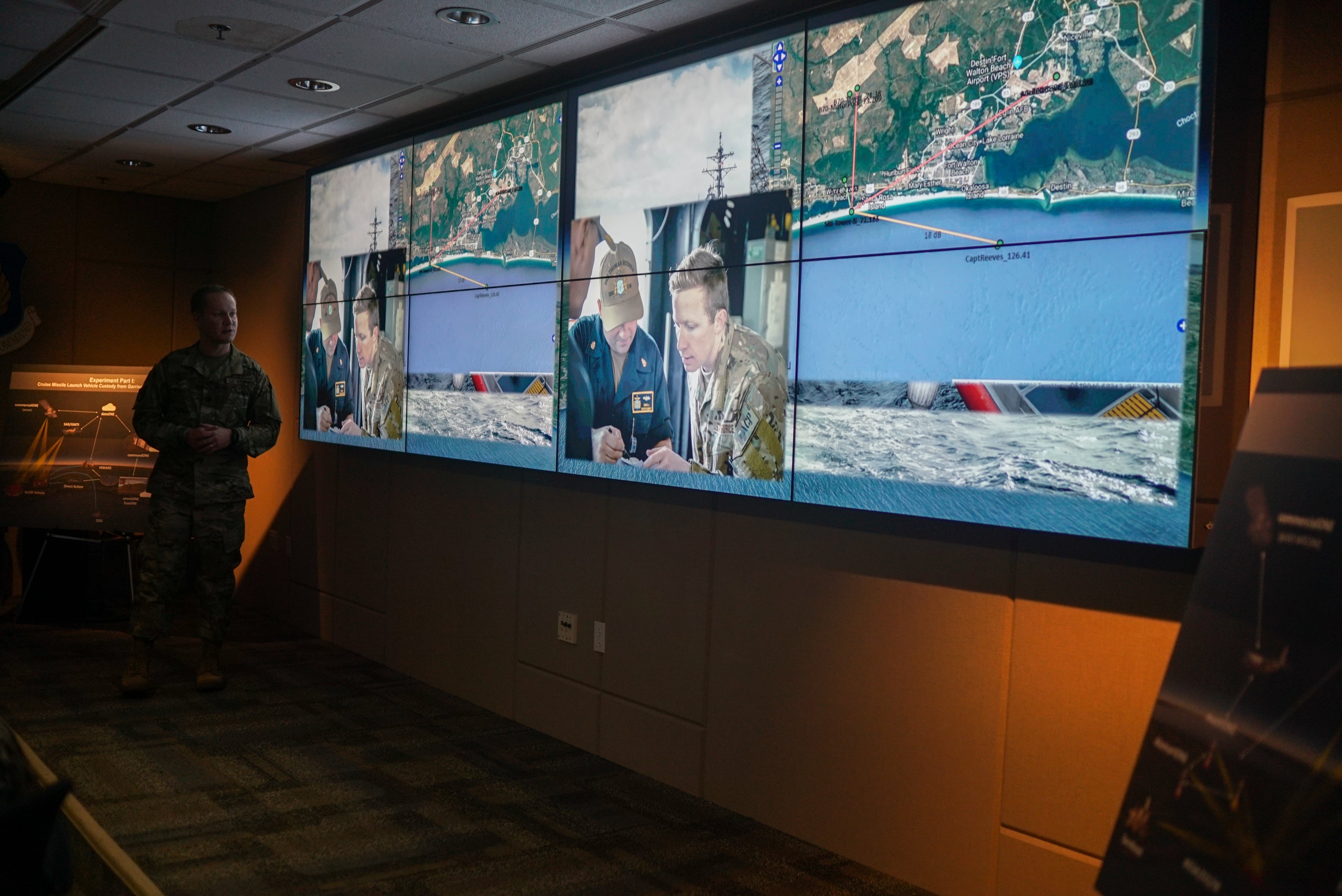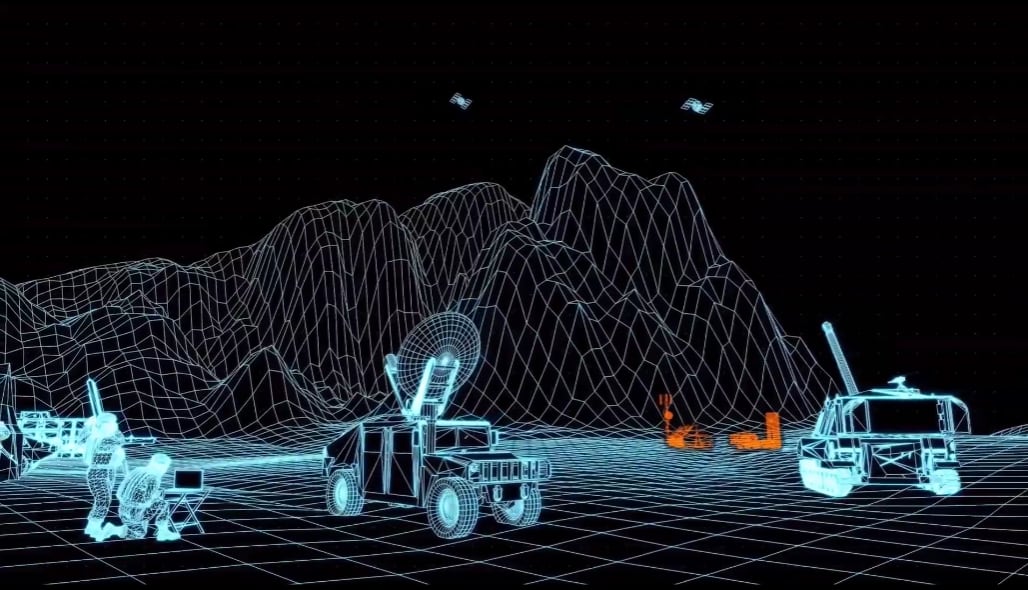WASHINGTON — The success of the Pentagon’s future war-fighting architecture to link sensors and shooters is dependent upon a network that is somewhat fragile, the department’s top uniformed network official has admitted.
Combined Joint All-Domain Command and Control, or CJADC2, is the military’s new emerging concept to collect a raft of data from sensors and systems, and then deliver it to war fighters in austere locations at the tip of the spear to make decisions at the increasingly rapid speed of war. (The “C” in the concept’s name was recently added to include international partners.)
However, the Defense Department’s networks presently might not be up to the task.
“One area as a prerequisite that I think most of you would appreciate: All of this, the undergirding of this entire delivery mechanism that I’m describing, rides on a network that most would agree today is somewhat fragile,” said Lt. Gen. Dennis Crall, director for command, control, communications, computers and cyber who also services as chief information officer for the Joint Chiefs of Staff. The Pentagon official spoke Nov. 19 during a virtual presentation hosted by AFCEA’s Northern Virginia chapter.
“What good does it do to build this 10,000-pound truck … one that can ingest and make sense of this enormous amount of material, if there’s no bridge or road to drive it on? Right now, our networks are under great stress,” he added.
However, Crall — who said CJADC2 was the No. 1 priority when he arrived at his current position — pointed to modernization efforts underway to improve the network.
“We’ve got to make sure that the network that we’re building is rising with all these capabilities so those roads and bridges have the pathway to deliver an outcome,” he said. “It is all about the war-fighting network, and that’s what we’re driving to improve along the same lines.”
Crall explained that one departure from previous efforts is integration of the mission partner environment — a coalition network — from the start. He added that coalition partners have historically been bolted on after the fact, but that won’t be the case with CJADC2.

He also described two products his office has been charged to develop: a CJADC2 strategy and a posture review. The strategy, which is priority among the two, will seek to herd all the technological factors such as data standards, architecture, artificial intelligence, cloud computing, and cross-domain solutions.
“We’ve had a lot of effort, but no real guideposts or stripe on the road that we can follow, a cardinal heading that we can get behind and bring some order to how this is progressing so that we know where the winners and losers are in the journey to a better outstate,” he said.
The strategy currently has between nine and 11 lines of effort, though Crall said his team isn’t done; they are about 80 percent through this framework.
Following the strategy, Crall said, they will develop a posture review, which he described as a fancy term for a gap analysis. The review will ensure the Pentagon is properly resourced and will set priorities of what gaps to fill and schedule delivery of solutions.
What’s the confusion?
Crall lamented confusion surrounding CJADC2. Put simply, the Defense Department is framing CJADC2 as sense, make sense and act: collecting data, making sense of that torrent of information and pushing it to war fighters in a timely fashion.
This is to ensure decisions are relevant because “a great decision made too late, [is] not a great decision [and] fairly meaningless,” Crall said. “These decisions have to be made in seconds, and in many cases through automation and machine learning. The old way of doing business or the war-fighting construct we had doesn’t work.”
Crall also discussed what he perceived as confusion surrounding when CJADC2 will be delivered, citing reports that it is on a 10-year path for delivery.
“It’s not true,” he said, noting that the plan is to deliver capabilities now through the 10-year mark. He described a continuous journey that will likely never be complete, as adjustments are made to changes in adversaries’ tactics. The plan is to have adjustable and adaptive lines of effort that are malleable and allow for tweaks as needed.
Crall also explained CJADC2 will be a multiservice effort, saying it will include elements of the Air Force’s Advanced Battle Management System, the Navy’s Project Overmatch and the Army’s Project Convergence.
“There are elements of each one of those that really come to bear. And like I said, all of the initial investments in those three efforts are all safe bets, in my opinion,” he said. “They’re really getting at the heart of learning, breaking, fixing, and experimenting and trying again. They’re all good.”
But Crall warned of going too far down these experimentation roads before getting locked in.
“How much further [can] you go down those roads before those investments start to lock us in a way ahead that may or may not inform the outcome that we see through the strategy?” he said. “That’s why that strategy has to be written now to ensure that we capitalize on the good work that’s out there, but make sure we’re rowing in the same direction for the mid- and long-term fight that we have ahead of us.”
Mark Pomerleau is a reporter for C4ISRNET, covering information warfare and cyberspace.






